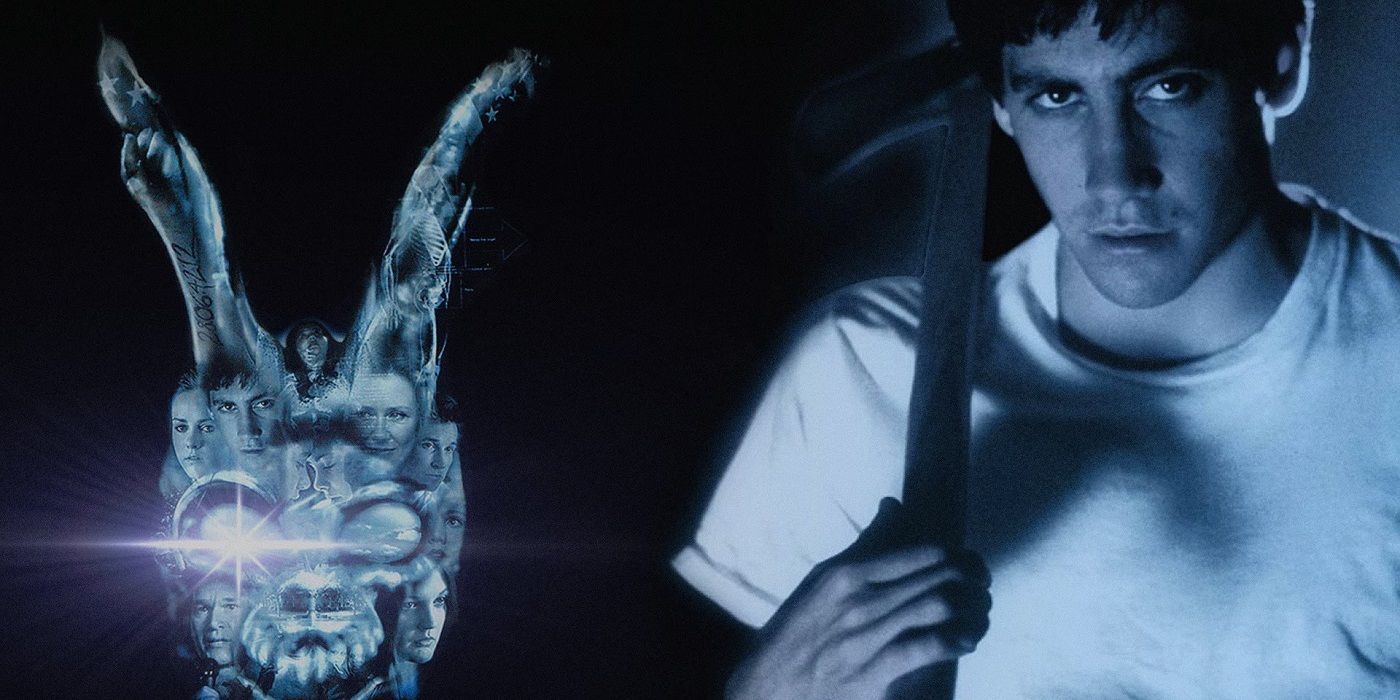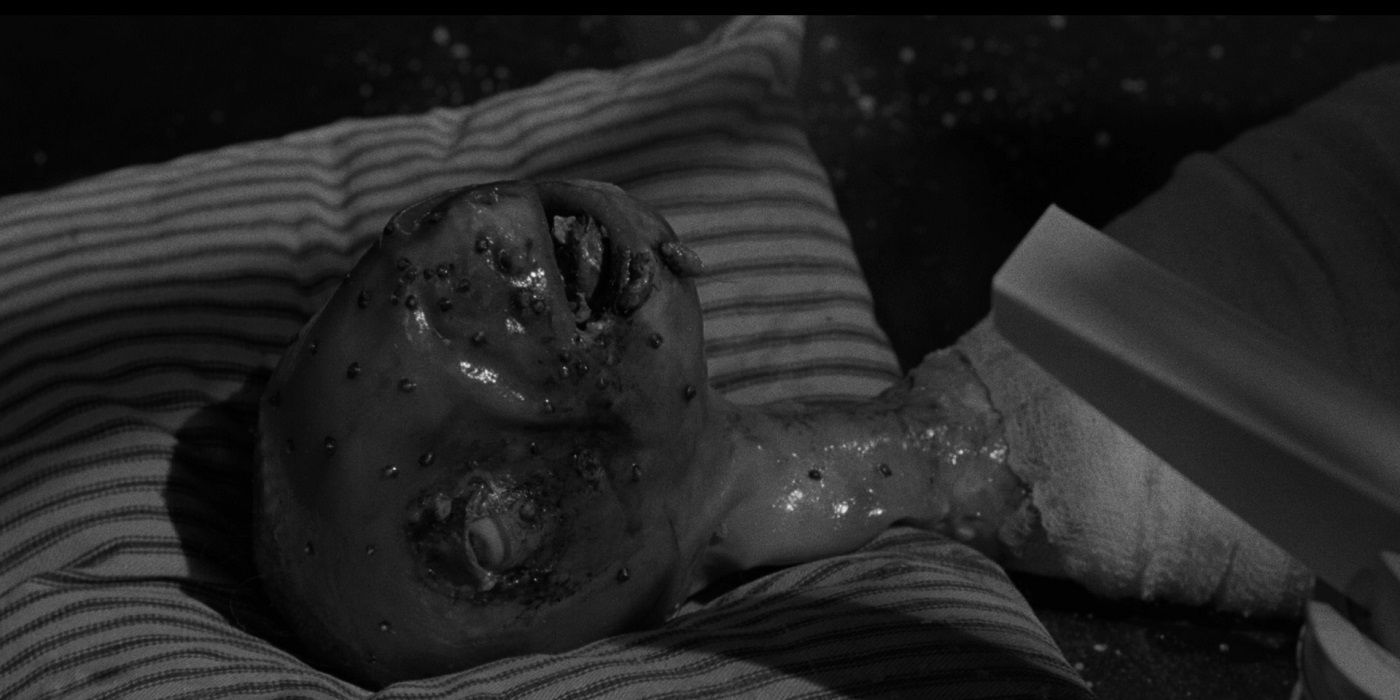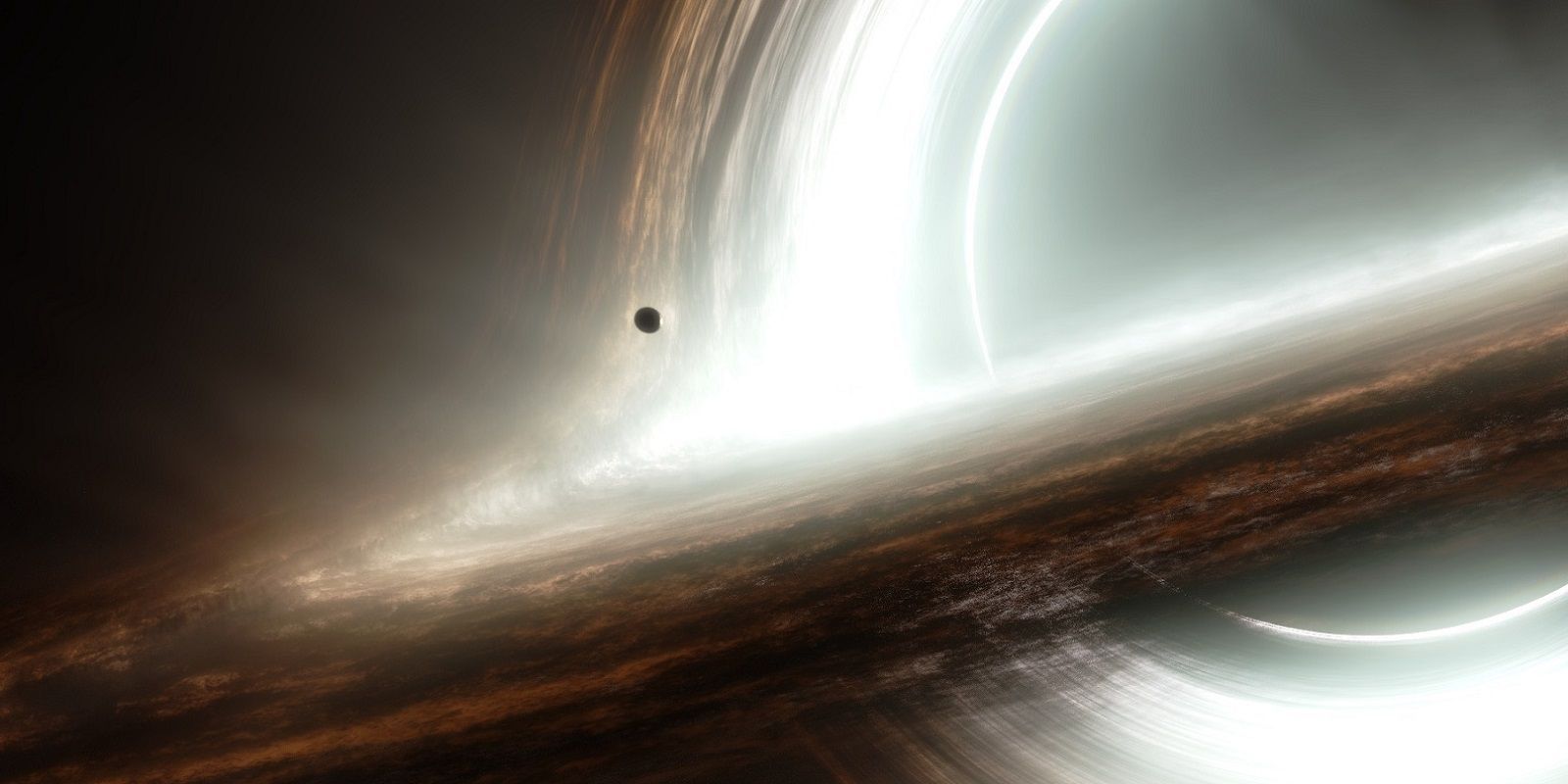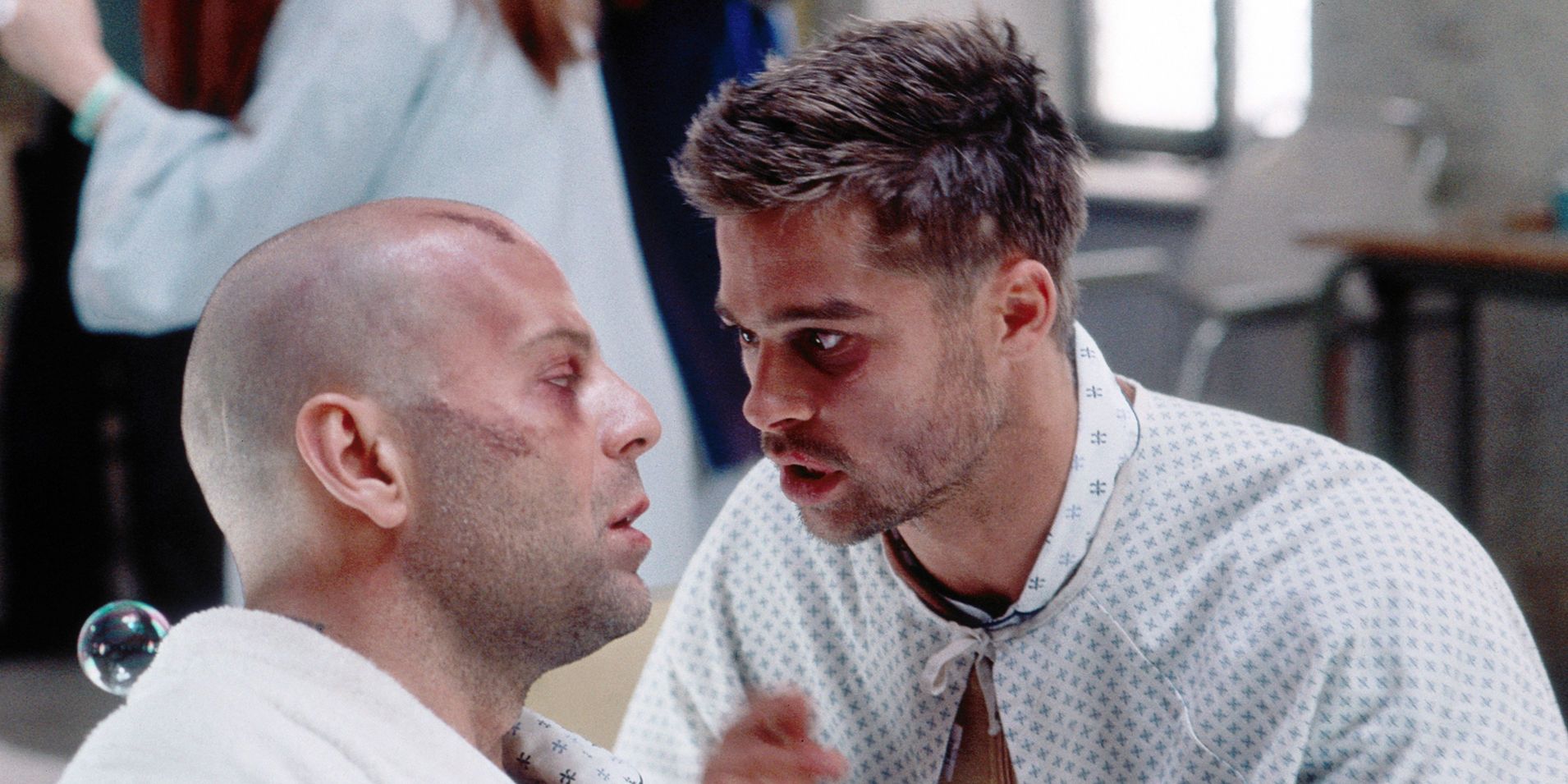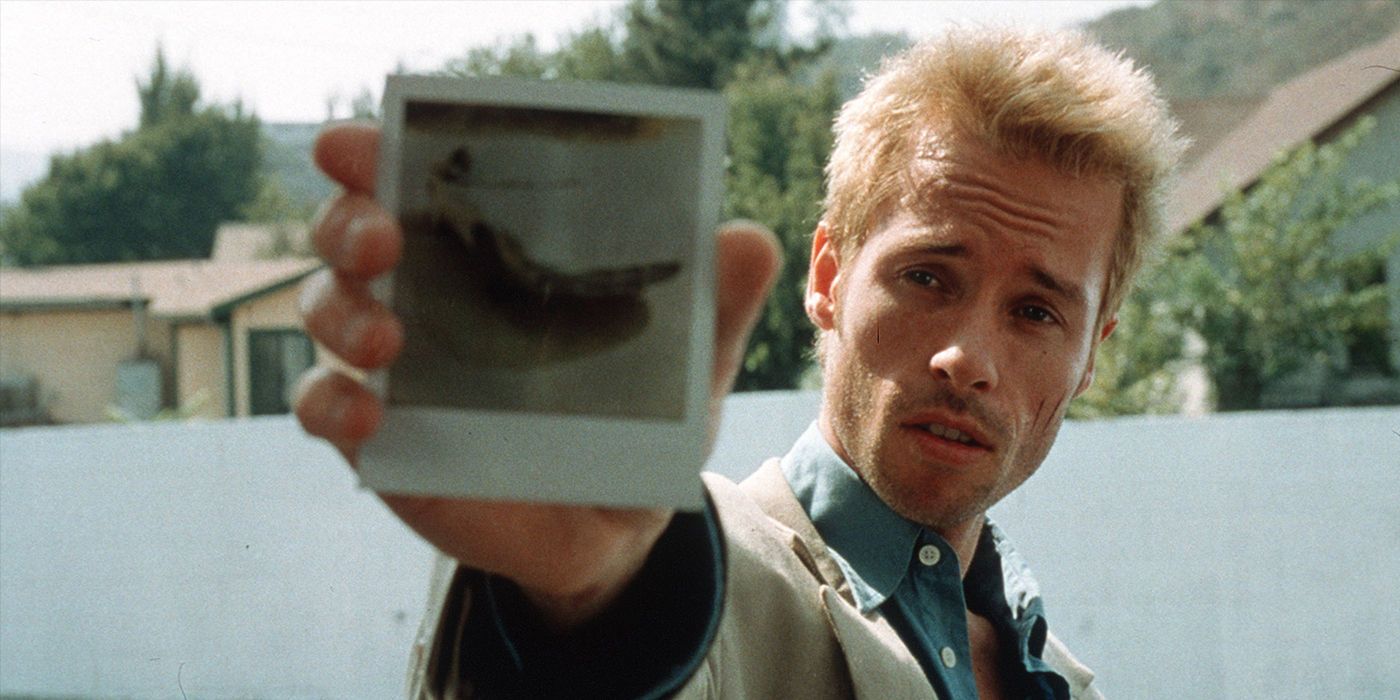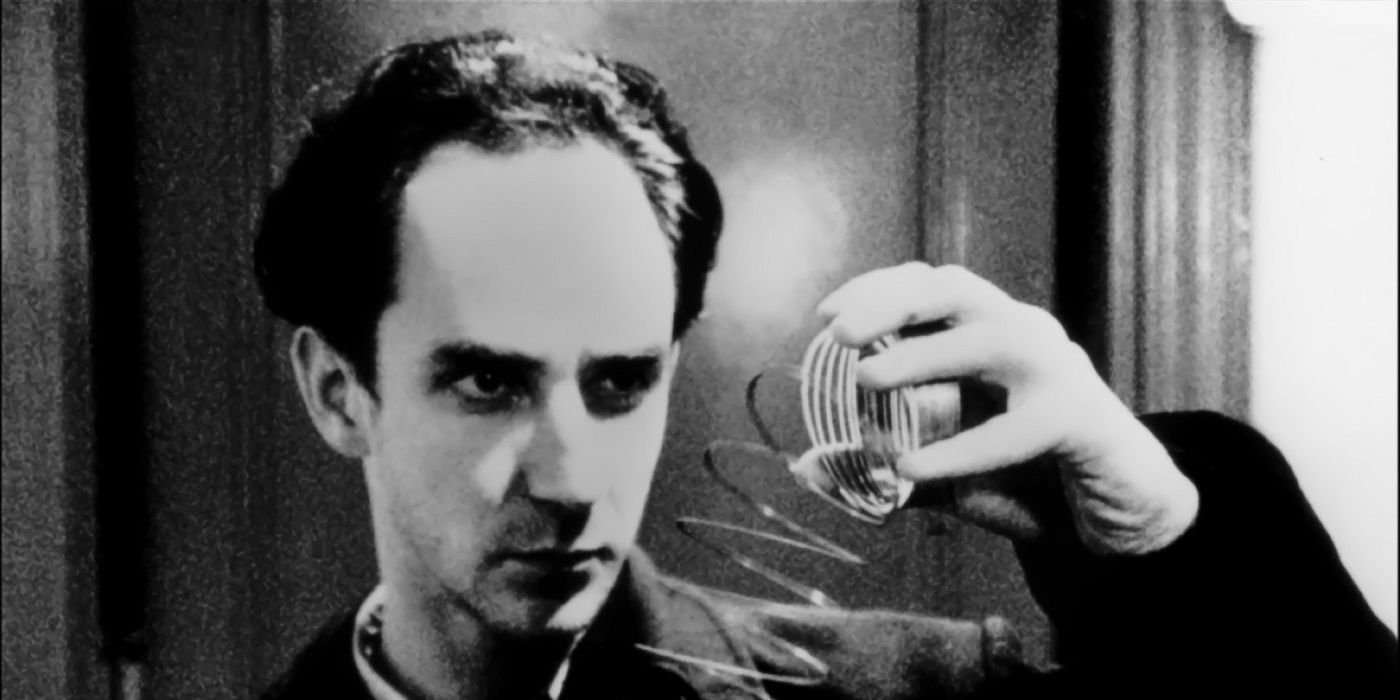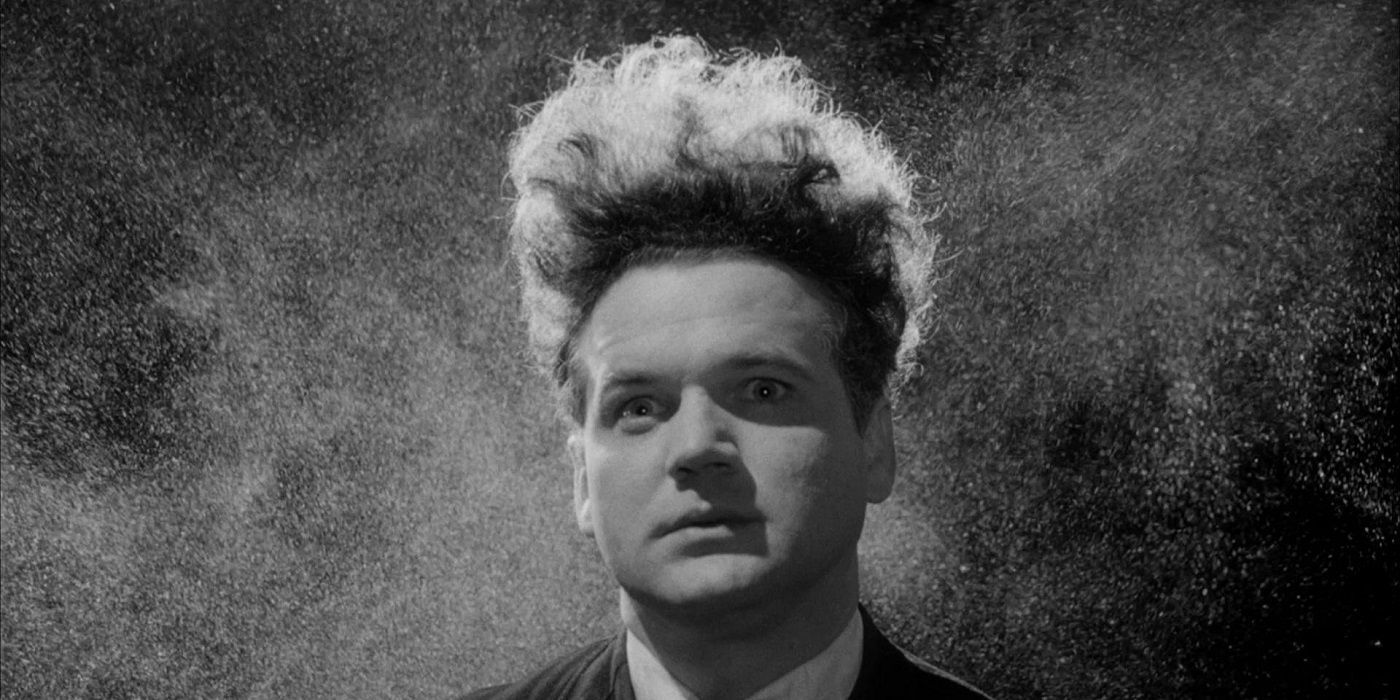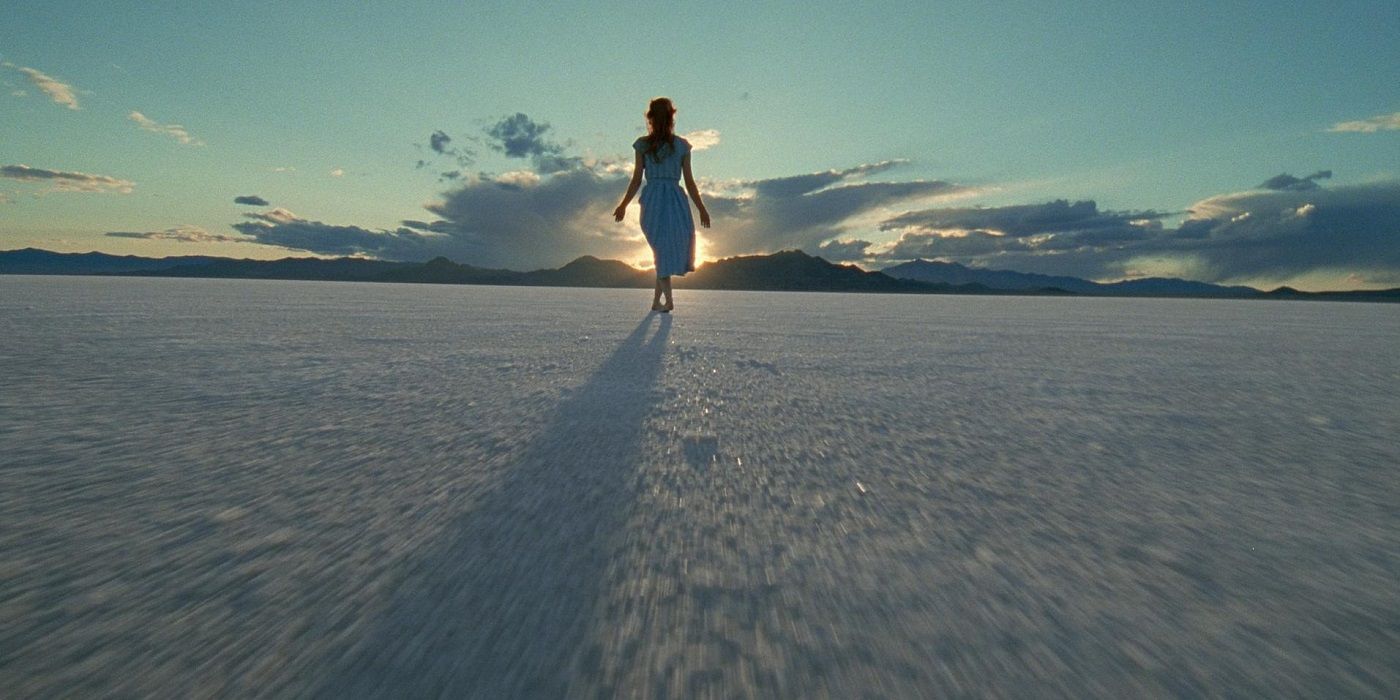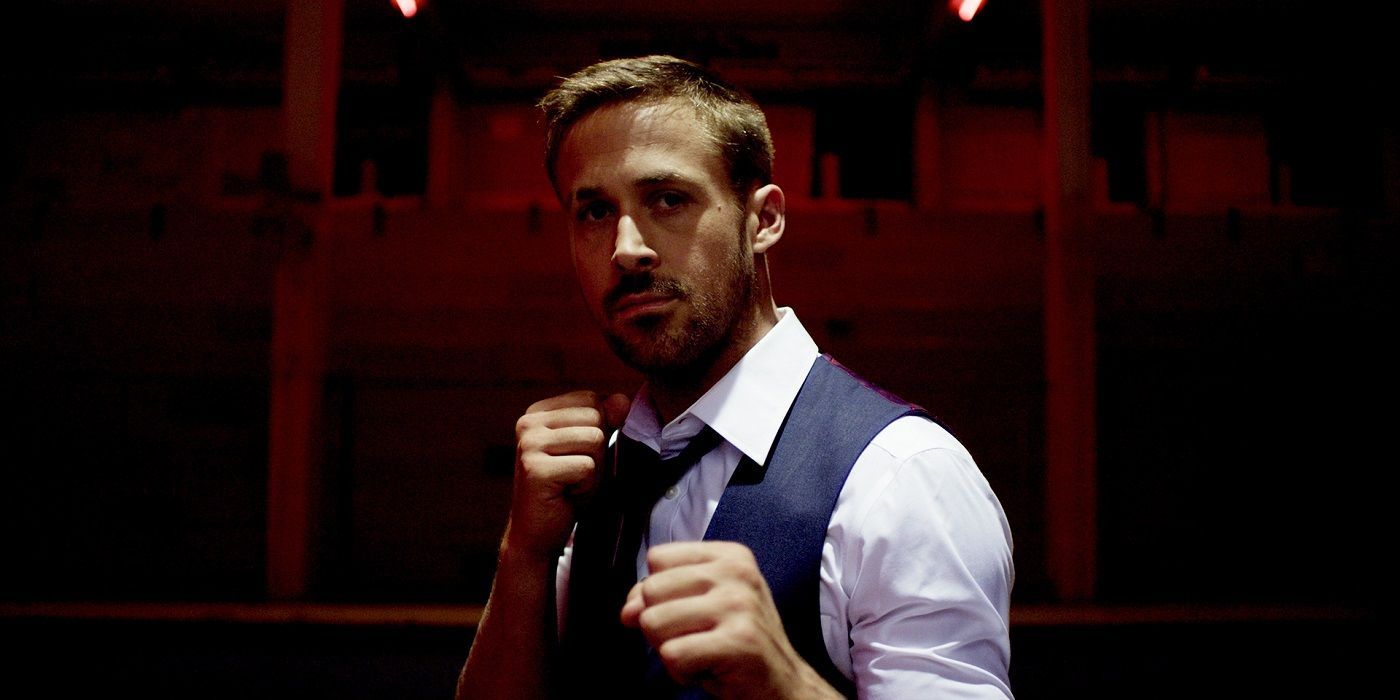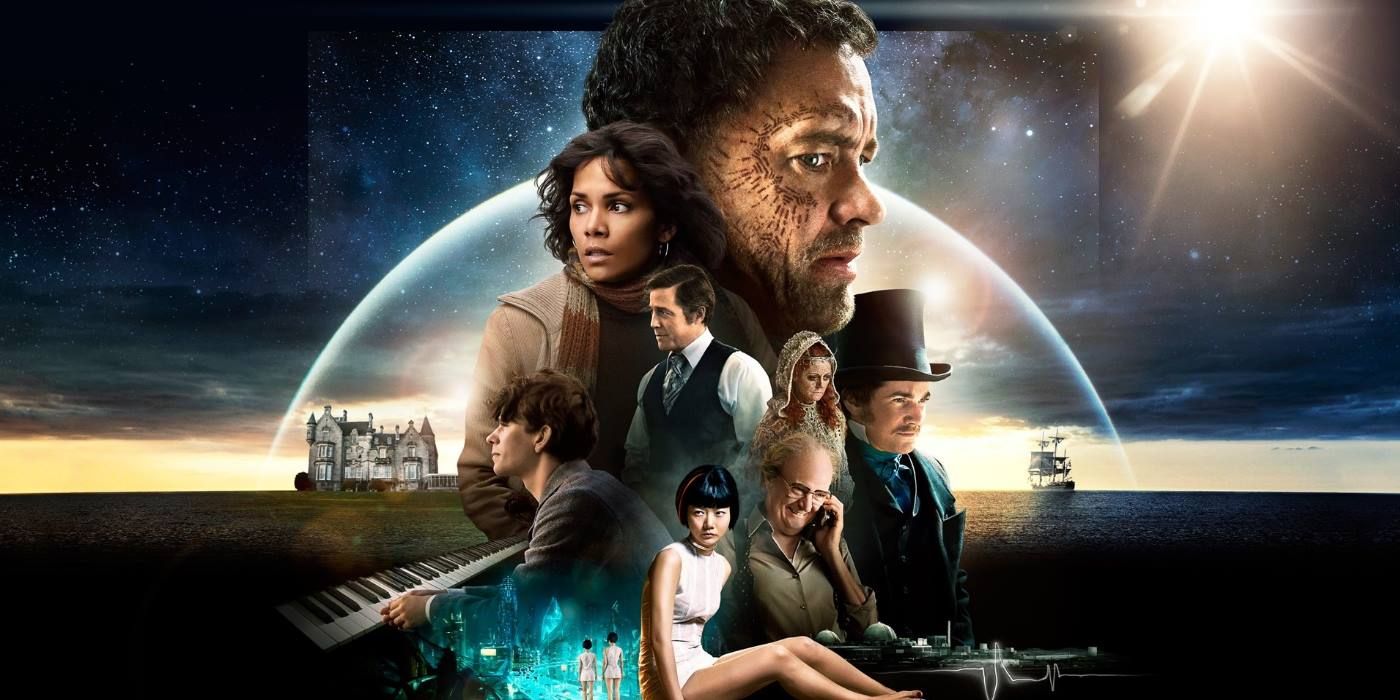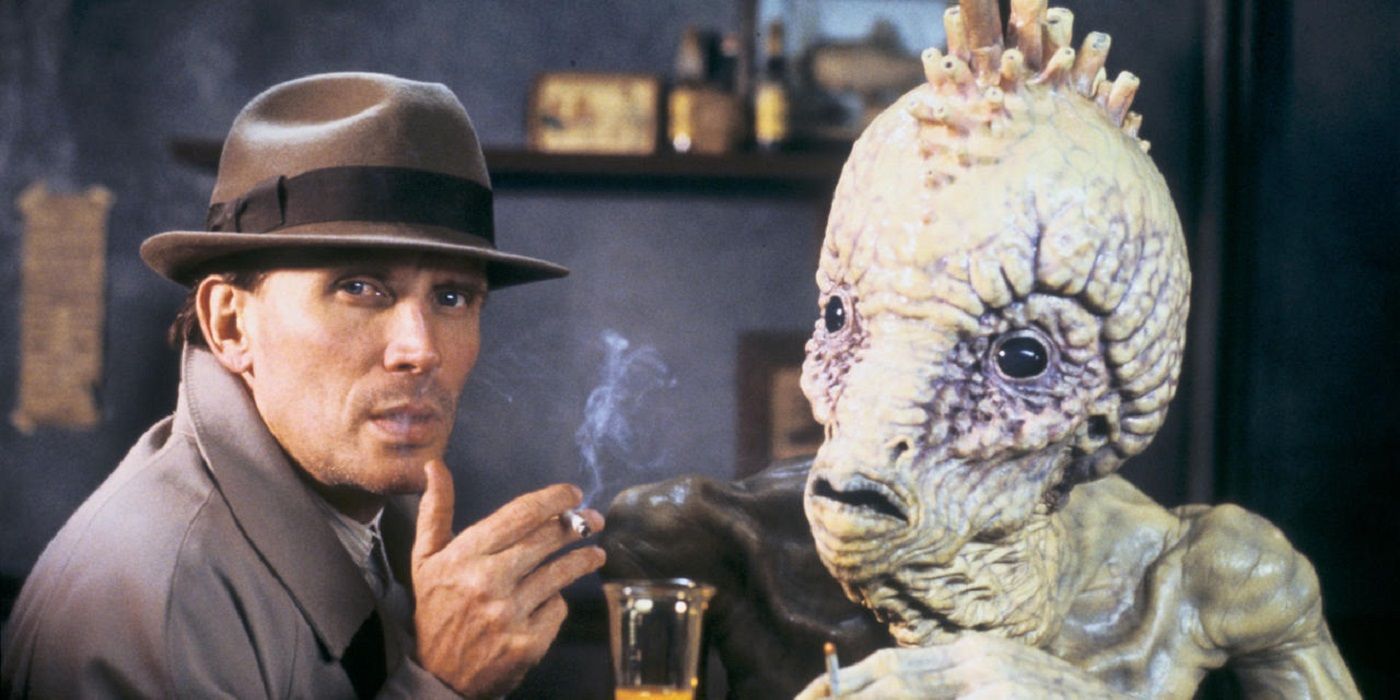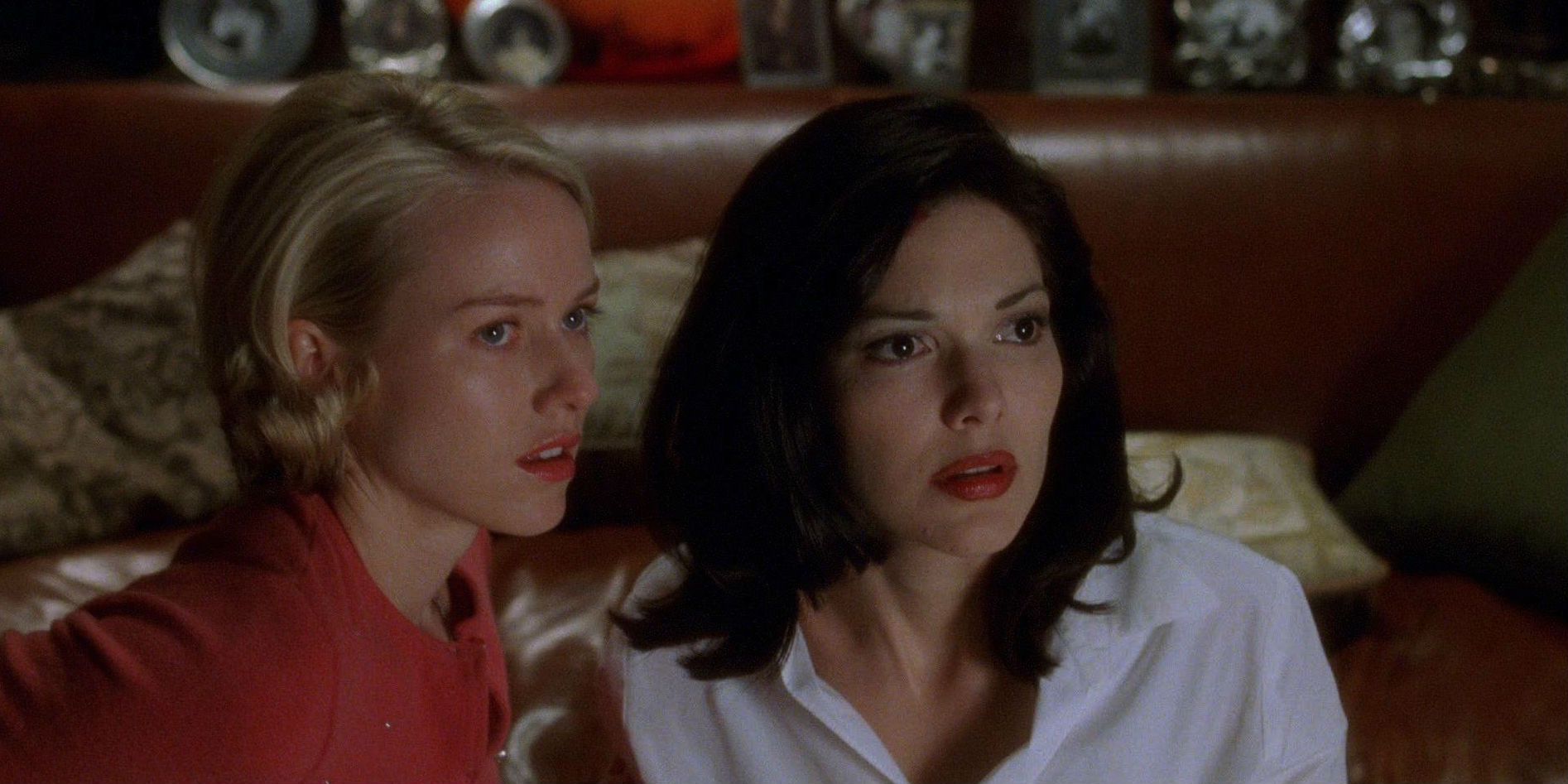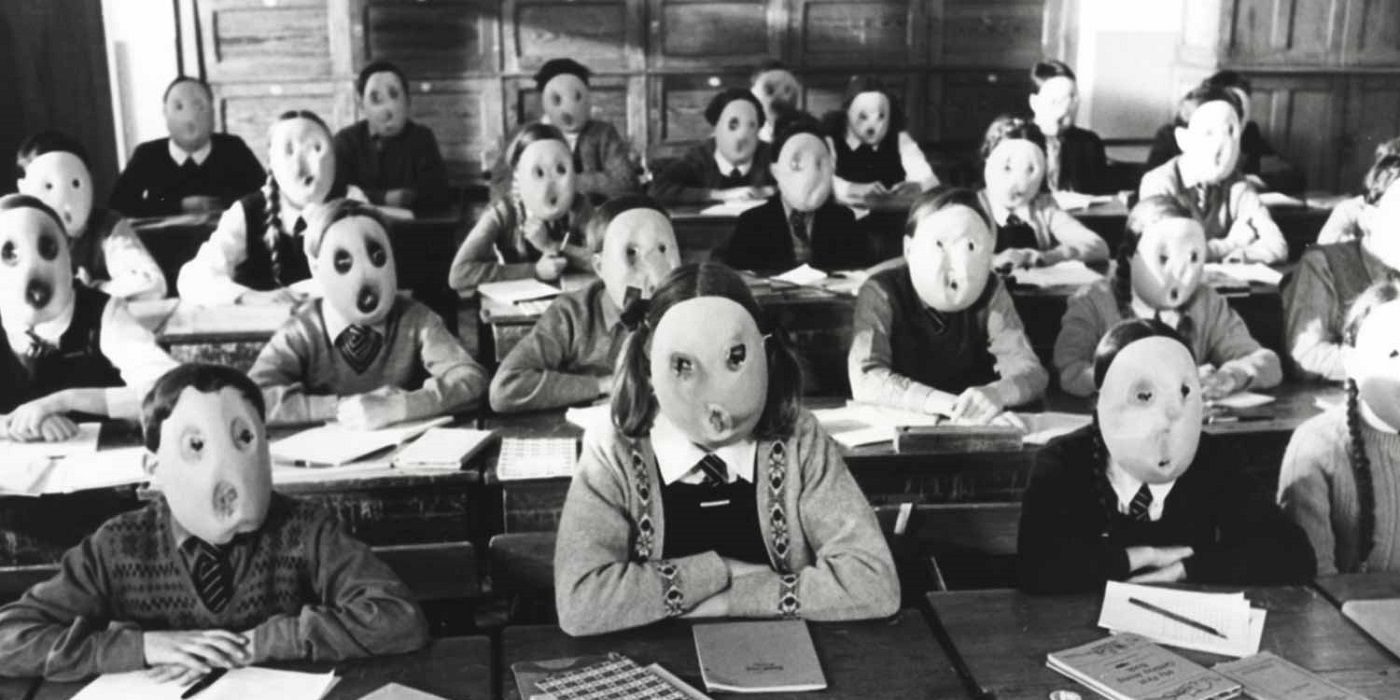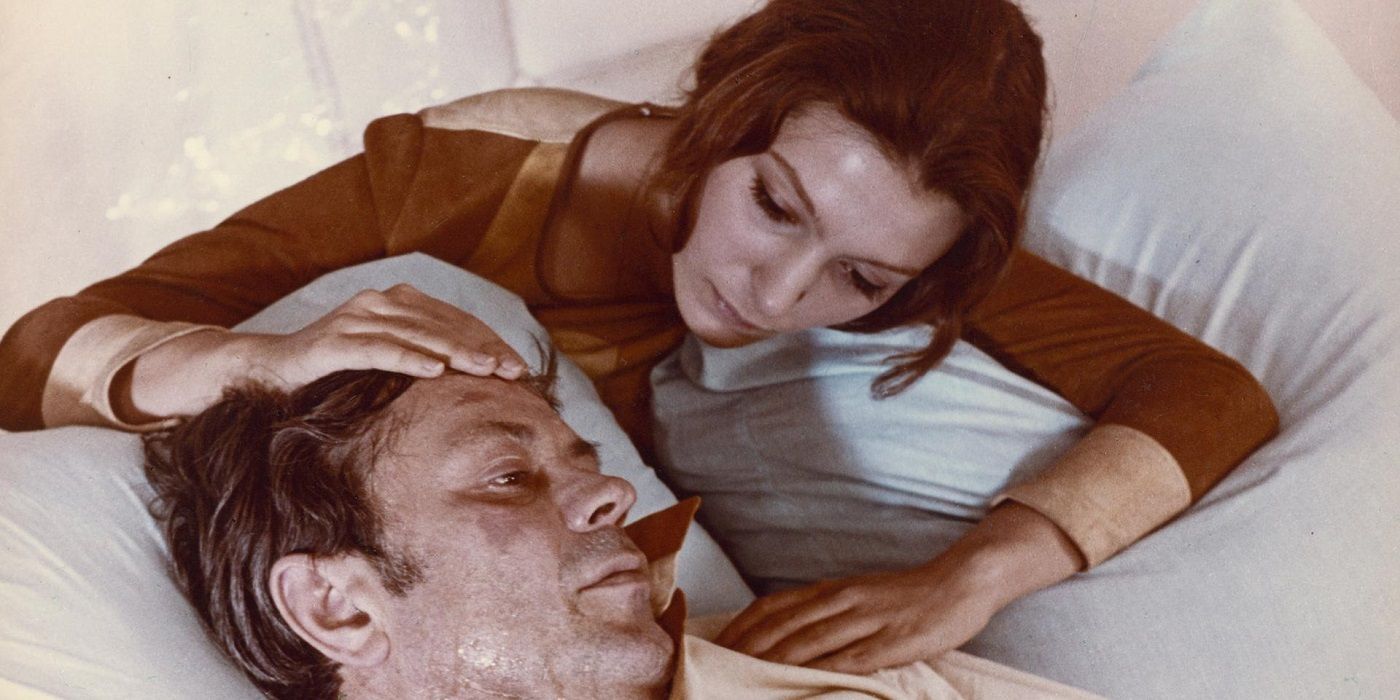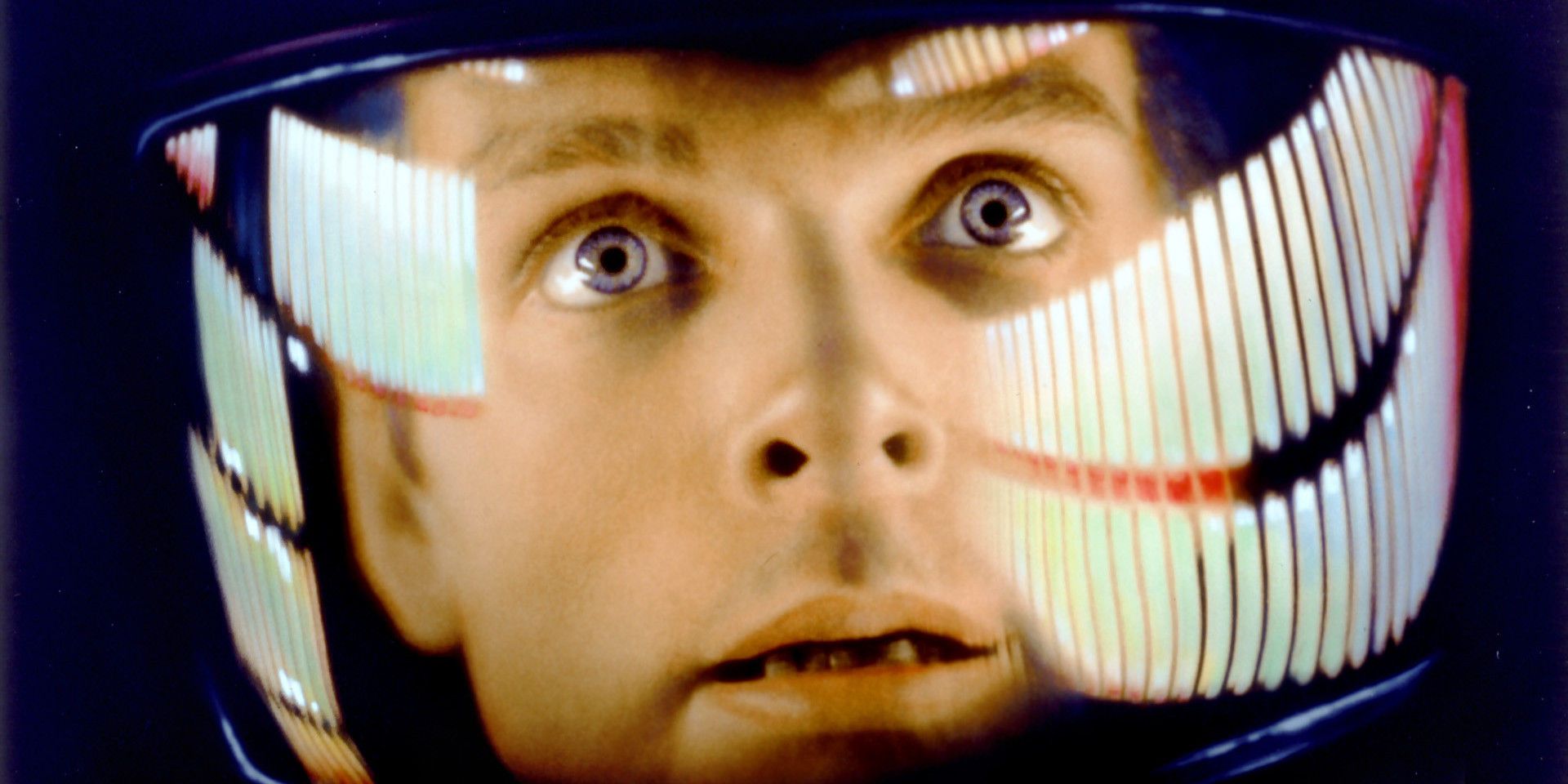Most movies feature a three-act structure that is almost never deviated from in mainstream cinema. Used as a model in screenwriting since the dawn of time, the three-act structure splits the narrative into a setup, a confrontation, and usually a satisfying resolution. The following movies on this list, however, feature anything but, often re-writing that structure, or in most cases, simply throwing it out of the window.
Sometimes in cinema, the more confusing the movie, the better, as it sparks online debates and discussions about certain mysteries and conundrums. Nobody loves a classic summer blockbuster more than those of us as Screen Rant, but sometimes it’s nice to watch a movie and feel like we need to watch it a couple more times in order to find out what was going on beneath the surface. The following movies on this list are some of the most perplexing and confusing stuff that have left us scratching our heads and gnawing at our brains. If you haven’t seen some of these puzzling pieces of cinema before, be warned, MASSIVE SPOILERS lie ahead.
Here are 15 Most Confusing Movies of All Time.
15. Interstellar
Director Christopher Nolan certainly isn’t interested in taking the easy way out when it comes to explaining things to his audiences. Films like The Prestige and Inception deal in some very complex subject matter while conjuring up so many narrative layers you might not fully absorb the information until repeat viewings. Nothing’s more confusing than his outer space epic Interstellar, which stars Matthew McConaughey as space cadet Cooper in search of a new planet to save the human race from extinction.
As the film draws to a close and it seems like all is lost, Cooper lands himself square in inside of a giant wormhole. Relieved that he hasn’t been obliterated into a million pieces, he realizes that the wormhole is actually a device sent by 5th dimensional beings so that he may communicate to his daughter in the past by use of gravity. By doing this, Cooper’s daughter is able to solve an equation that’s been racking her brain, making interstellar travel possible. The scene left viewers with more than a few questions, leaving viewers to wonder who the 5th dimensional beings really were, and it sparked online debates that still rage to today. If you'd like to know more, here's a handy explainer that we published not long after it came out.
14. 12 Monkeys
It goes without question that time travel movies come guaranteed with confusing paradoxes that lead to even more confusing questions. Shouldn’t Marty McFly’s parents recognize him after messing with their history? How could Kyle Reese journey into the past to become the father of the man who sent him there? These are just some of the questions created by confusing time travel conundrums. Thankfully, 12 Monkeys presents a solution to this problem: that time is a straight line that can’t be altered or changed. Still, it doesn’t mean that straight lines are any less confusing than curvy ones.
Taking place in a reality in which almost the entire human population has been wiped out by a horrible virus, Cole (Bruce Willis) is sent into the past to gather information to help those in the future. It is made clear that events in the past cannot be changed, so the virus will always be unleashed on the population. Forgetting this, Cole tries to prevent the outbreak but winds up getting shot. At this point he realizes that he was the man he saw getting killed in an airport when he was young. The events in 12 Monkeys are hard to keep track off when listing them in chronological order, and only start to shape up on repeat viewings.
13. Memento
While he broke into the mainstream with his series of hyper-grounded Dark Knight films, Christopher Nolan began his career with 2000s puzzling Memento. The film starred Guy Pearce as Leonard Shelby, a man who suffers from such short term memory loss that he makes Dory from Finding Nemo seem competent by comparison. Leonard is on the hunt for man he believes raped and murdered his wife, a feat which is easier said than done when you can’t remember what happened two minutes ago.
The story is also told in reverse order, a neat theatrical device for sure, but definitely not helpful while trying to present a focused narrative. It also doesn’t help that Leonard’s sketchy handler, Teddy, keeps changing his story about Leonard’s history. At the climax of the movie, which is really the beginning (we know!), Teddy drops a number of bombshells on the audience, including the fact that Leonard had killed the man he’s looking for years prior and can’t remember, and that Leonard might have killed his wife himself. Of course Teddy could be lying, and by the end there are so many twists and turns the audience isn’t sure what to believe.
12. Pi
Director of cinematic mindbenders like Black Swan and Requiem for a Dream, Darren Aronofsky is a filmmaker that loves to twist audience’s expectations. None of his films are quite as twisted than 1998’s thriller/mystery Pi, which is guaranteed to leave the viewer scratching their head by the time the end credits start rolling. The focus of the story involves a gifted yet paranoid mathematician, Max Cohen, and his search for a key number that he believes controls the entire fabric of the universe.
His quest is complicated by the fact that Max suffers from frequent outbursts of paranoid delusions and social anxiety. That anxiety builds throughout the entire movie until Max just sort of snaps, or rather, drills. In an act of desperation, and complete mental breakdown, Max takes a power drill and does some unscheduled surgery on his noggin. By the time the viewer finishes Pi, you might feel like you got a power drill to the head as well.
11. Donnie Darko
To this very day, 15 years after its release, audiences still wonder what Donnie Darko was all about. Considered a mess of a film by some, and a cult classic to others, Richard Kelly’s experimental thriller is one of the more polarizing films in history. Jake Gyllenhaal plays teenager Donnie Darko, who is plagued with hallucinations of a demonic bunny rabbit named Frank. The rabbit makes Donnie do horrible acts of vandalism, and eventually reveals to the teenager that the world will soon come to an end.
While most would agree that Kelly’s debut film is highly original, almost everyone would agree that it’s also highly confusing, especially the second portion. Concepts like wormholes and other dimensional beings come into the mix that make Donnie Darko confoundedly baffling, especially if it’s on a first time viewing. Since the film’s release, Kelly has had interviews where he explains certain things, like the wormholes being sent back by mysterious beings to help Donnie face his destiny. Without that extra information however, the many details in Donnie Darko might elude you, because, after all, it takes place in a very mad world.
10. Eraserhead
David Lynch is probably the unofficial king when it comes to strange and bizarre movies, and nothing is stranger than his very first effort, Eraserhead. It’s a movie that Stanley Kubrick showed to the cast of The Shining to get into the right frame of mind, so right away you can tell that Lynch’s bizarro picture is going to be freaky on a whole new level. The story, if one were dared to call it that, is about a man named Harry Spencer who is left with a mutant, reptilian child to care for after his girlfriend ditches him.
While the movie actually features a pretty linear plot, the events surrounding it are anything but. Of the many scenes that leaves the viewer dumbfounded are a chicken that spurts blood, giant cartoonish sperm cells, and a lady who lives inside a radiator. Perhaps the most nightmarish of them all is Harry’s mutant baby, which produces such bloodcurdling screams it would make the most dedicated parent run for the hills. If you asked ten different people what their interpretation of Eraserhead was, you’d probably get ten different answers, but that’s part of the appeal that made Lynch’s movie the cult phenomenon it is today.
9. The Tree of Life
On the surface, Terrence Malick’s 2011 movie The Tree of Life is merely about a family living in Waco, Texas in 1956. It deals with the eldest son’s loss of innocence as he struggles from his parents’ conflicting teachings. Then the movie gets weird, really weird. Like Kubrick’s 2001: A Space Odyssey weird. Random scenes are intercut within the narrative that depict the universe’s creation, the beginning of life on Earth, and its eventual destruction when the Sun goes supernova. Not what you would call your typical family drama.
Even more baffling is the movie’s finale, which raises more questions that it provides. It’s a series of shots that feature the visual representation of death and resurrection, ending the film on some sort of positive note about living life, we think. Malick’s movie is often criticized by audiences for being a little cluttered to sort all the details into a coherent whole. However, it also got glowing reviews by critics upon release, so perhaps the movie just requires repeat viewings to really let the material about the universe and life sink in.
8. Only God Forgives
Like most his films, like the recently release The Neon Demon, Nicholas Winding Refn’s Only God Forgives is a little hard to follow. In fact, you could say it’s very hard to follow as the basis of the plot largely consists of metaphors that appear in a dreamlike state. Ryan Gosling plays a drug smuggler/boxing promoter named Julian living in the criminal underbelly of Bangkok. When his brother is killed, Julian sets off on a quest for revenge against those responsible, leading him down a dark path of violence and redemption.
Only God Forgives is more of a fantasy story than it is a buy-the-numbers revenge tale. There is almost little to no dialog, and the characters are almost completely absent of emotion. The film has a complete disregard to form a cohesive narrative as many of the actions taken by the characters make little to no sense in retrospect. Rather, Refn makes the most of his visuals to tell his story, with many of the roles acting as metaphors for God or a higher power. Be advised, only watch this movie if you aren’t interested in a traditional plot, as Only God Forgives is more of a visual experience for the senses.
7. Cloud Atlas
With the mystifying The Matrix Revolutions under their belt, the Wichowskis are no strangers when it comes to movies that leave the viewer scratching their head. Of all their films though, nothing is more dizzying than 2012’s sci-fi film Cloud Atlas, which starred Tom Hanks, Halle Berry and Hugo Weaving as different roles and characters that span centuries apart. While it’s efforts are certainly ambitious, Cloud Atlas suffers from a disjointed narrative resulting from too many storylines to keep track of.
The theme of the movie is that the actions we make in the past are powerful enough to echo throughout time. Events from the 18th century are powerful enough to stir rebellions generations down the line, although one can become hopelessly lost in the story in Cloud Atlas to see how that’s possible. The various stories and subplots are a lot to cram into a 3-hour movie, especially when they offer such little payoff in the grand scheme of things. There’s also nothing more jarring than watching the same actor play upward to 7 different roles at a given time, especially Hugo Weaving who dresses up as a freakishly weird female nurse at one point.
6. Naked Lunch
Loosely adapted from William S. Burroughs’ novel, David Cronenberg’s Naked Lunch is bizarre, dark, and often times, surprisingly funny. The movie tells the story of Bill Lee who has crazy hallucinations after being exposed to “bug powder,” which is some sort of whacky metaphor for drugs. After dipping a little too much into the powder, Lee convinces himself that he is a secret agent, whose contacts include a giant cockroach typewriter who is an alien.
Lee ends up killing his wife after his hallucinations get the better of him, and he soon finds himself in a bizarre plot in North African port called Interzone. The narrative here is not only taken from Burroughs’ Naked Lunch, but from other pieces of his work. The movie, like Burroughs’ novels, are certainly surreal and dark. Weird looking characters pop in and out of the story as Lee seemingly becomes more unstable. There are points where you might think what Lee is seeing is true, than there are others where you’re convinced he’s crazy. Either way, Naked Lunch is a compelling piece of weird cinema, even if you don’t know what to believe sometimes.
5. Mulholland Drive
If we had to think about it, most of David Lynch’s catalog could have easily found their way onto this list. His surreal films like Blue Velvet and Lost Highway take place in a dream-like worlds where the unusual is the norm. Along with those movies is 2001’s Mulholland Drive, which features anything but a conventional plot. After getting amnesia from a car crash, Rita wanders into Betty Elms apartment, a young actress looking to make it big. Rita believes she was almost murdered, and both women start down a winding path of psychotic illusion that blurs the line between dreams and reality.
Lynch’s films are sort of like the Matrix: no one can be told what they are, you just have to watch them for yourself. Mulholland Drive is told in a non-linear fashion with bizarre sequence after sequence that offer so many interpretations it makes your head spin. It all leads to one of the most frightening and confusing endings of all time, which is still the subject of much debate as to what exactly happened. Of course Lynch’s lips are sealed as to what the movie and conclusion actually meant, which makes it that much more baffling for anyone looking for answers.
4. The Wall
The brainchild of Pink Floyd’s Roger Waters, The Wall is half autobiography, and half “wtf” creep show. It tells the story of “Pink,” a rocker who had a depressing childhood growing up, and now is dependent on drugs to get him through his gigs. He starts to build a metaphorical and psychical wall around himself to be protected by outside influences, until he becomes fed up and starts to tear it down to break free.
To say that The Wall is deeply complex or puzzling would be the understatement of the year. Based on their double album and directed by Alan Parker, Pink Floyd’s fascinating story and warning against fascism is downright mad. As the character Pink goes deeper into his mental breakdown, the movie gets more bizarre, intercutting perplexing animated sequences in between scenes that are often times surprisingly graphic and disturbing. The end result is disjointed to say the least, and Parker himself might not be aware of what's actually going on as he describes The Wall as the “most expensive student film ever made.”
3. Primer
As we’ve mentioned before, time travel movies can get a little confusing, but none of them are as baffling as writer/director Shane Carruth’s Primer. Made on a shoe-string budget of just $7000, Carruth’s low-budget film is about two scientists that inadvertently create time travel. While the first half of the film is told in a linear fashion, the second portion gets as convoluted as it can get. The two main characters go back in time so often that there are way too many duplicates of themselves to keep track off. By the time Primer wraps up you’re left trying to figure out if you can connect all the dots to understand how it exactly ended and why.
Primer is packed with so many crisscrossing details, multiple viewings are pretty much required. No one is almost guaranteed to understand this film the first go-around. Twelve years after its release, and there are still youtube videos and internet forums that crop up trying to explain the many paradoxes in the story. So be warned, only watch Primer if you’re prepared to do some research in order to understand it all.
2. Solaris (1972)
One of the most famous Soviet filmmakers was Andrei Tarkovsky, a director who told stories through his haunting ability to capture human nature in a visceral experience. Perhaps one his best known efforts, and also cited as one of the most confusing, is 1972’s Solaris. The sci-fi mystery is about a psychologist who is tasked with replacing a scientist on a station orbiting a distant planet. Upon arrival, our main character finds the station in ruins with the other remaining scientists driven insane. They soon come into contact with a mysterious alien intelligence who isn’t what it appears to be.
Like most of the films on this list, Solaris is one that you have to watch at least twice to understand all the layers that are at play here. Tarkovsky’s film is one that raises some heavy questions about the nature of humanity and our consciousness. Solaris is often accused of being rather slow, as Tarkovsky spends so much time on shooting miniscule tasks that the viewer can become quite anxious. But Takovsky’s intentions was to create a film that made the viewer feel all sorts of different emotions. In that regard he succeeds, just be prepared to watch Solaris two, or even three times before you start to get the deeper meanings.
1. 2001: A Space Odyssey
Often cited as one of the greatest visual directors, Stanley Kubrick never played it safe when it came to choosing subject matter for his films. A Clockwork Orange is a violent tale about freedom of choice, Eyes Wide Shut is a study of elite obsession, and 2001: A Space Odyssey is about the evolution of humans, or so we think. Honestly, there have been so many discussions on what 2001 is actually about that even 48 years after its release, it’s still one of the most talked about movies in history.
The scene that sparks the most discussion is the film’s trippy ending in which astronaut Dave is sucked into a psychedelic wormhole that looks like a Pink Floyd laser show. Once through, Dave watches himself age in a mysterious room. Dave grows old and dies in a matter of minutes, seemingly, and is then reborn as a giant baby in a bubble to journey back to Earth. A master visual storyteller, Kubrick doesn’t clear anything up with any dialog, and while some of the questions it poses are answered by its less acclaimed sequel, the ending to 2001 still baffles most audiences that watch it today, making it our pick for the most talked about confusing movie of all time.
-
Can you think of any other movies that you still can't understand? Let us know in the comments!

